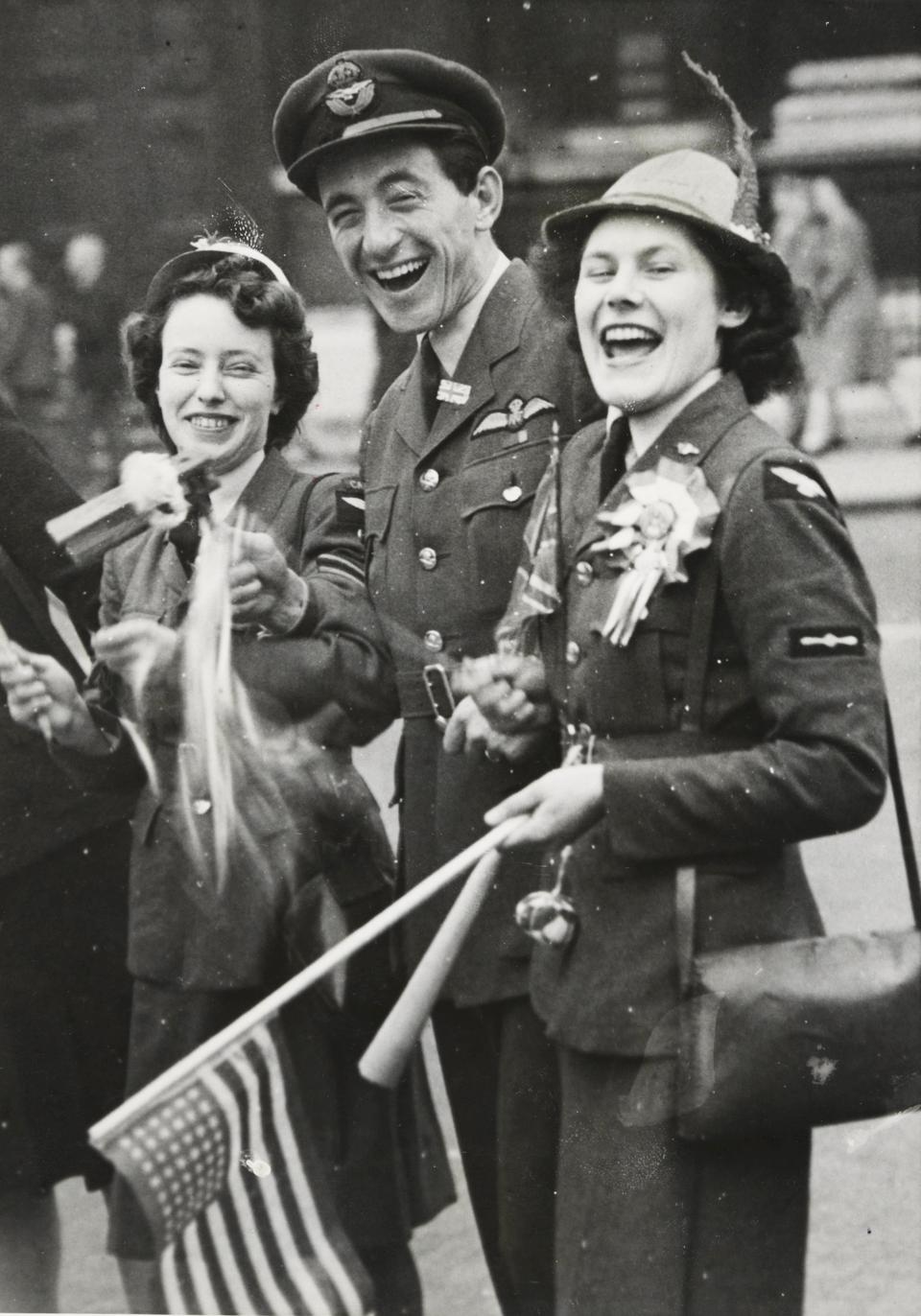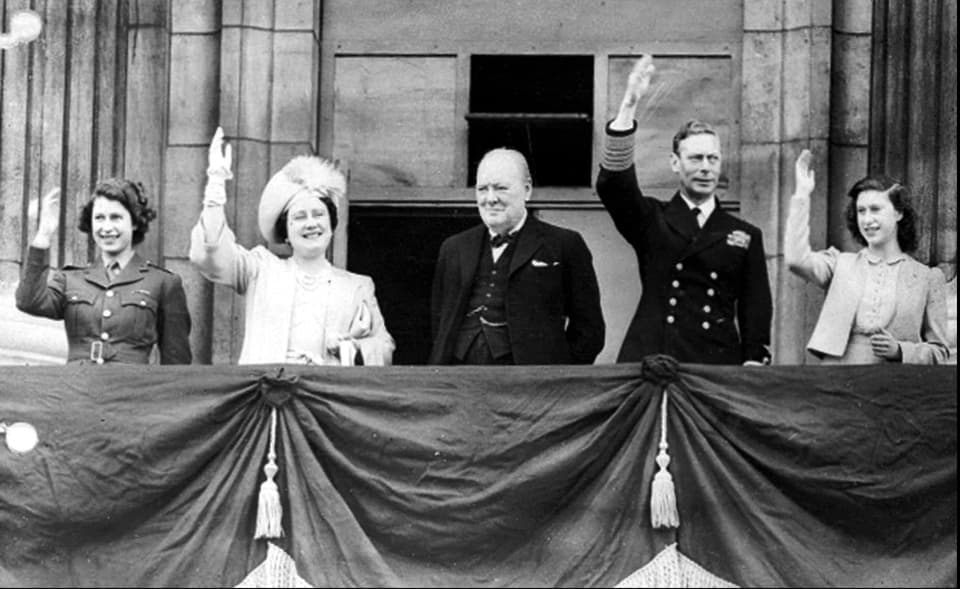
“Advance Britannia”, read the headline of The Evening Standard on this day 80 years ago. Each corner of the paper was emblazoned with “VE-Day, Victory Edition” to mark victory in Europe after six years of war.
Now, celebrations and commemorations of the occasion have included a flypast by the famous Red Arrows, a ceremony at the cenotaph, and a military parade, with a thanksgiving service and concert at Horse Guards Parade set to take place today.
But how did Londoners celebrate VE day when the news first broke in 1945?
When the news first broke
Despite VE Day being held on May 8, the announcement of the end of the Second World War was made on the evening of May 7, prompting many to begin celebrations immediately. Alongside this announcement was news that May 8 and May 9 would be public holidays.
Jubilant crowds emerged across the country and through Piccadilly circus to commence the celebrations. People poured into pubs and hung out bunting and flags. People also bought US and Soviet Union flags to celebrate Britain’s allies. Among those gathering in London were servicemen and women.

Amidst the victory and jubilations, many remained sad and were grieving loved ones who gave their lives to fight in the war. More than 384,000 British soldiers were killed during the most catastrophic war in human history.
Dusk to dawn street parties
On the evening of May 7, parties went on well into the early hours, even though technically London was still under blackout. In St James’ Park, people threw confetti and revelled through the streets.
Celebrations tided over to May 8, where it was estimated that more than 50,000 people had gathered in Picadilly Circus to continue the street parties and celebrations. Pubs were said to have run dry of beer by the early evening.
A report from the Evening Standard on VE Day said crowds cheered for MPs, cheered during the Changing of the Guard, and jammed Parliament-street, before decorating every monument in Parliament square.
Joan Hall, who served four years in the Women’s RAF and celebrated VE Day in London, told the British Legion that “It was a once in a lifetime feeling of jubilation. The crowds and noise [were] like nothing I’ve experienced since.”
On VE Day, licensing hours were extended and the blackout was lifted. People were also excited to see the end of clothes and food rationing, as well as other wartime restrictions and dangers.
The Prime Minister

Winston Churchill was hailed the man of the hour during VE Day celebrations. He made a national broadcast at 3pm on May 8, but warned that war was still going on in Japan.
Read More
“This is your victory”, he told crowds from the balcony of the Ministry of Health building in Whitehall.
The Royal family
At the heart of celebrations was the Royal family who gathered on the balcony of Buckingham Palace to greet the thousands of Londoners celebrating VE day.

Cheers of “We want the King!” could be heard through the Mall
The King, Queen Mother, and Queen Elizabeth II (known as Princess Elizabeth at the time) and Princess Margaret were joined by Winston Churchill, who held up his signature V hand gesture in celebration.
The King also broadcasted to people of the Empire and Commonwealth on May 8.
Funnily enough, the late Queen Elizabeth II revealed afterwards that her and her sister had been allowed to anonymously participate in celebrations outside the palace.
The King also issued letters to school children to thank them for their efforts during the war. Audrey Lamontagne-Defriez told the BBC that the letter “told us we’d all shown a good spirit and hopefully the spirit would continue with us for the rest of our lives.”
More than eighty years later, Londoners are still celebrating Britain’s victory over the Axis powers. Whether anything will ever compare to the jubilation on May 7, 1945, is a different story, but commemorating the British soldiers who gave their lives for us is a cause worth celebrating.



